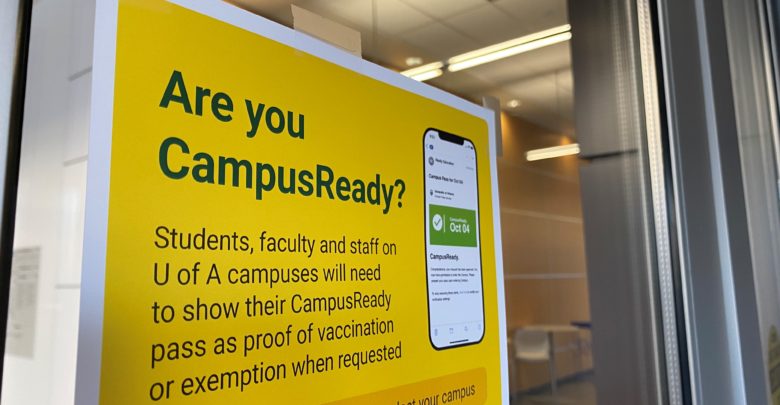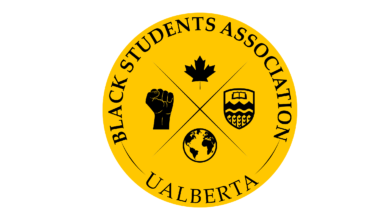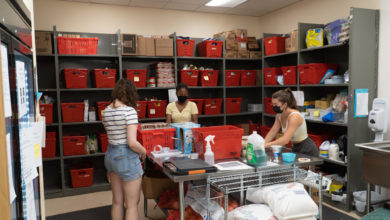The trouble with transitioning into in-person learning: an international students’ perspective
At the beginning of 2020, we lived our lives blissfully unaware of the chaos waiting to strike and completely disrupt our lives as we knew them. Now, even after more than a year of COVID-19, we have yet to fully define our new normal.
 Lochlann Kerr
Lochlann KerrThis guest column is written through a partnership with the University of Alberta International Students’ Association and The Gateway.
The beginning of Summer was the first ray of hope for many Albertans. In May, Premier Jason Kenney promised the “best summer ever” for Albertans as he announced the Government’s three-part plan to be the first and most open province in Canada by July 1. After countless travel bans, mask mandates and isolation restrictions, Kenney’s “Open for Summer” initiative was a glimmer of hope for many. While plenty were skeptical, and rightfully so, others saw this as marking the beginning of the end of the pandemic.
They realize all too soon how painfully wrong they were.
For many schools and universities, Kenney’s hopeful announcement meant they could finally reopen their doors for in-person classes and campus life. Likewise, the University of Alberta eagerly anticipated reopening in the fall.
However, many international students grappled with the uncertainty of what this would mean for them. Travel restrictions had slowed down visa processing times and many of their economies had taken major hits during the pandemic. This was accompanied by higher fees as tuition increased, despite many foreign currencies devaluing over the course of the year.
The commencement of the fall semester was quite shaky. Weeks prior to the beginning of the term, the University of Alberta moved numerous courses online. Some of the international students who had desperately wrestled to acquire their study permits weeks ahead of time, arrived early only to realize their entire semester may be taught exclusively through remote delivery. Now, they were here on campus, stuck paying for meal plans and residence fees, when they could have completed their entire semester rent-free at the comfort of their homes.
Currently, Canada still battles with the ongoing issue of the pandemic. Vaccinations have been encouraged and made mandatory to gain access to several buildings and events. At the university, in order to retain campus housing and access to school buildings, you will need to provide proof of vaccination. These new restrictions have not gone without some resistance.
For international students, these new public health regulations affect them in a unique way. Many will likely need to ensure they are fully vaccinated before making their way into Canada. Even as they cross the borders, international students need to adhere to the strict COVID guidelines and policies which range from mandatory isolation to COVID testing. Life as an international student in 2021 is a fate no one could have ever envisioned or forecasted.
Finally, this fall semester has been a huge transition for many international students. It is an era of adapting to uncertainty. Learning in class with masks on and physically distanced has been no easy feat. The varying delivery of courses further makes the transition to fully in-person classes all the more difficult since many of the courses offered are in-person while the others are online. Some courses take a “blended learning” approach, making some course content synchronous and other parts asynchronous.
All in all, the normality of the past has been forgotten as we pave a way forwards towards a new definition of normal. Our only hope is that we can call the university to do more to ensure that international students receive a smooth transition into the school despite the unfortunate circumstances.




